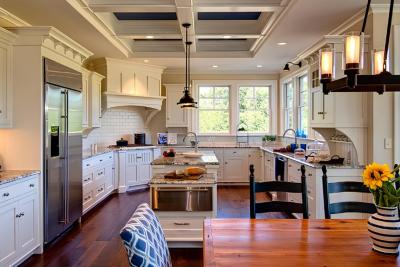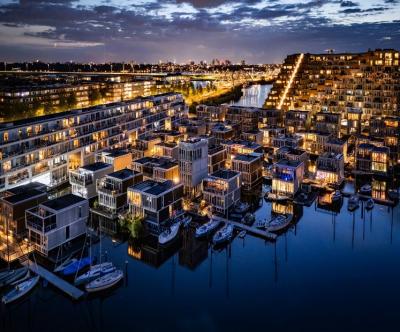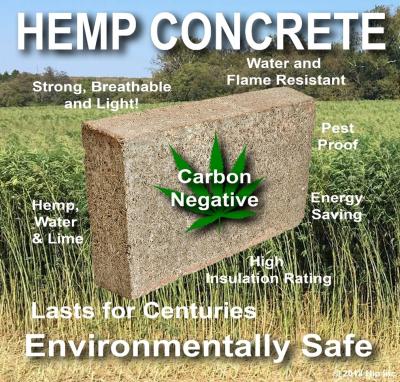1. What is Quartz?

Quartz is a natural mineral composed mainly of silica (SiO₂) and has piezoelectric properties, meaning that when subjected to mechanical stress, it can generate an electric charge, and when an electric charge is applied, it vibrates at a very stable frequency. Thanks to this property, quartz is widely used as a resonator in watches and electronic devices to generate precise oscillations for accurate timekeeping. In quartz watches, quartz crystals are cut and crafted into a special resonator shape, usually vibrating at a fixed frequency to control the movement of the hands or digital display. The stability and low error rate of quartz make it a top choice in modern watchmaking, far surpassing traditional mechanical watches in accuracy.
2. What is Quartzite?

Quartzite is a hard, dense, non-foliated metamorphic rock formed from quartz-rich sandstone that has undergone metamorphism under high temperature and pressure deep within the Earth’s crust. During this process, quartz grains recrystallize and bond tightly, producing a uniform granular structure and distinctive granoblastic texture. In some cases, stones that resemble quartzite but have not undergone deep metamorphism—only cemented during low-grade diagenesis—are referred to as orthoquartzite, to distinguish them from true metamorphic quartzite (metaquartzite).

Quartzite typically appears in shades of white, gray, or light pink, and sometimes red or pale yellow depending on impurities such as hematite or other minerals. A notable characteristic is that when broken, quartzite fractures through the grains rather than around them, creating a smooth, non-fragmented break, unlike sandstone. It has excellent resistance to abrasion and chemical weathering, often forming prominent ridges and peaks due to its durability. With a high silica content (often over 90%, sometimes up to 99%), quartzite is also used as a raw material for industrial silica, refractory mortars, and as a construction stone for flooring, crushed stone, or railway ballast.
3. Differences Between Quartz and Quartzite

Properties: Durability, Heat Resistance, and Porosity
-
Durability: Quartzite is harder and more scratch-resistant, but quartz is more flexible, making it less prone to chipping or cracking.
-
Heat Resistance: Quartzite has excellent heat resistance, while quartz can withstand normal heat levels but may be damaged by excessive heat due to its resin content.
-
Porosity: Quartzite is naturally porous and requires periodic sealing. Quartz is non-porous and does not require sealing.
Appearance and Color
-
Quartz has uniform colors and patterns and can be engineered to mimic various types of stone.
-
Quartzite offers natural beauty with unique veining and coloring—no two slabs are exactly alike.
Cost and Application
-
Quartzite is generally more expensive due to limited supply and more complex quarrying and fabrication processes.
-
Quartz is easier to maintain, ideal for spaces requiring quick, simple cleaning, while quartzite is preferred in areas that emphasize natural beauty and long-term durability.
4. Applications of Quartz and Quartzite
Kitchen Countertops
When choosing the right material for kitchen countertops, quartz and quartzite are two popular options. Both have distinct characteristics and benefits, suiting a wide range of kitchen styles and needs.

Flooring
Quartz is an ideal choice for flooring in spaces that require convenience and high hygiene. Its engineered, non-porous surface offers excellent water, stain, and bacteria resistance, making cleaning and maintenance simple. This makes it perfect for areas exposed to water or spills, such as kitchens, bathrooms, and hallways. Additionally, quartz can be manufactured in consistent colors and patterns, creating modern, elegant, and cohesive floor designs.

Quartzite is ideal for projects that demand durability and timeless natural beauty. With high hardness, excellent abrasion resistance, and heat tolerance, it is perfect for high-traffic areas such as hotel lobbies, living rooms, hallways, or commercial spaces. Its surface features unique veining and coloring, adding a luxurious and distinctive aesthetic. However, due to its natural porosity, quartzite requires periodic sealing to protect against stains and maintain its original beauty for years.

Wall Cladding
Quartz is a durable and low-maintenance wall cladding material. Its non-porous surface resists moisture and stains, making it suitable for kitchen backsplashes, bathroom walls, or decorative feature walls. Its wide variety of colors and patterns allows for refined, consistent, and contemporary design.

Natural quartzite brings one-of-a-kind beauty with luxurious veining, making it a standout feature in any space. Its high durability and abrasion resistance make it suitable for both interior and exterior applications. However, periodic sealing is necessary to protect the surface and preserve its natural elegance.

References
[1] W. A. Marrison, “Quartz Crystals for Watches,” in Encyclopedia of Materials: Science and Technology, 1st ed. Oxford, U.K.: Elsevier, 2001, pp. 1–2. [Online]. Available: https://www.sciencedirect.com/sdfe/pdf/download/eid/3-s2.0-B0080431526018830/first-page-pdf. [Accessed: Aug. 15, 2025].
[2] “Quartzite,” ScienceDirect Topics: Earth and Planetary Sciences. [Online]. Available: https://www.sciencedirect.com/topics/earth-and-planetary-sciences/quartzite. [Accessed: Aug. 15, 2025].
[3] “Quartz vs Quartzite,” County Stone Granite. [Online]. Available: https://www.countystonegranite.co.uk/guides/kitchens/quartz-vs-quartzite/#:~:text=Quartz%20is%20an%20engineered%20stone,with%20varying%20patterns%20and%20veining-. [Accessed: Aug. 15, 2025].







